How many hairs should you lose per day?
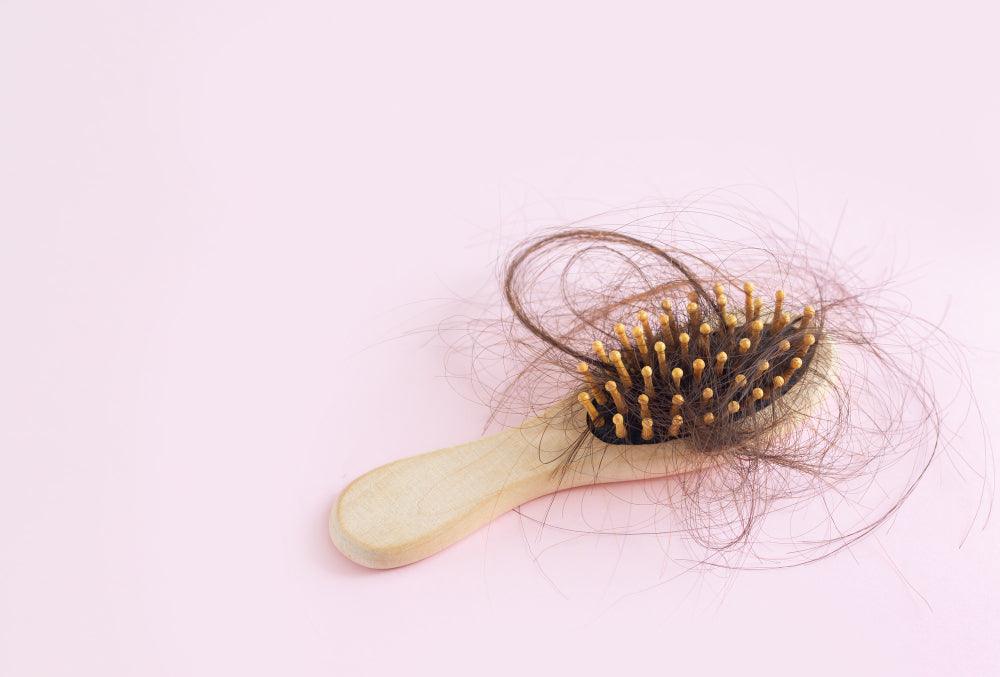

Every hair loss is not a warning sign. On average, men and women lose between 50 and 100 hair strands (even 150 for a high-density scalp).
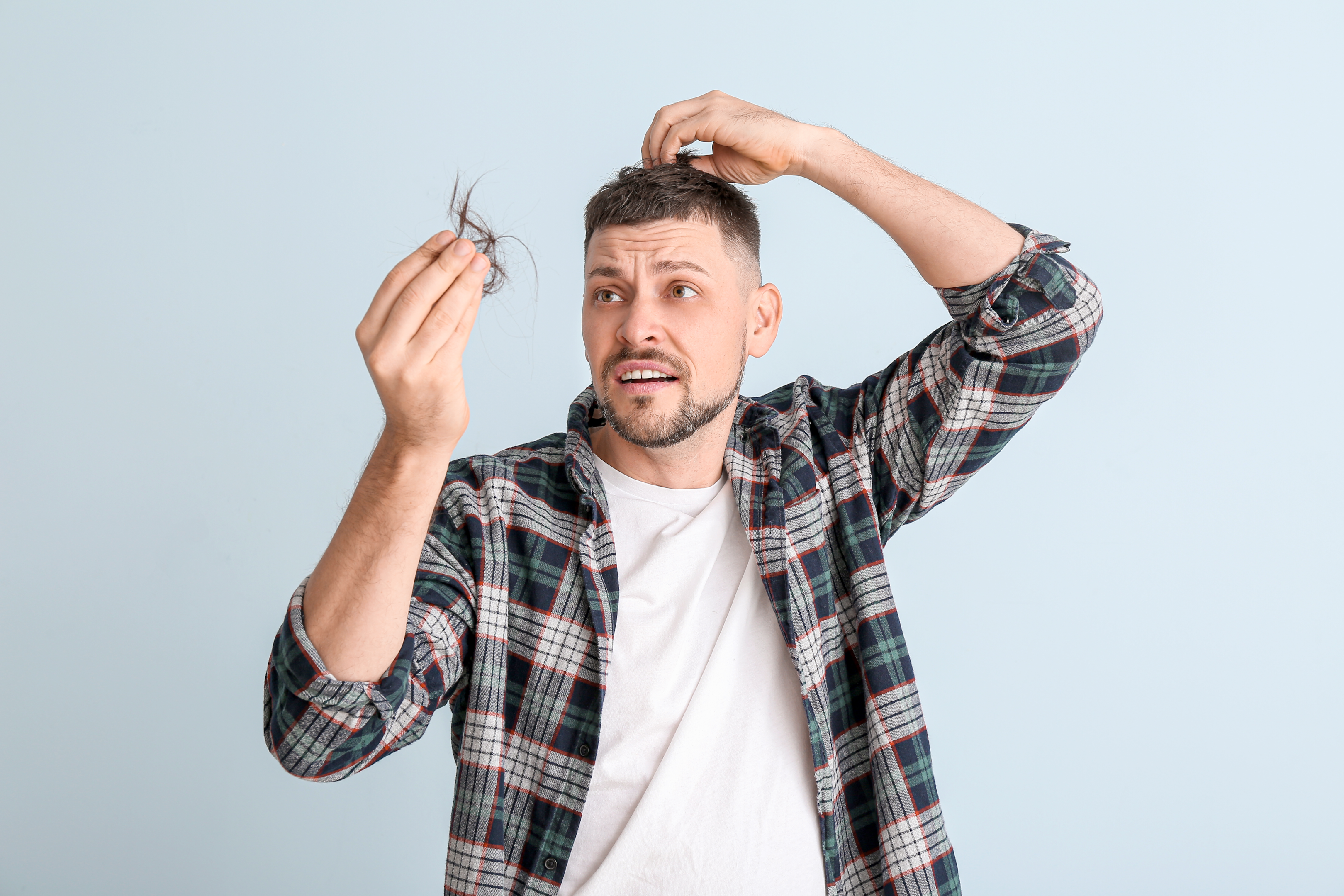
Like humans, hairs develop, grow, become mature and ultimately die. This cycle is known as the hair growth cycle. So, a regular hair fall results from frequent turnover of the hair follicles. But how much hair loss is normal? The answer depends upon the total number of hair follicles on your scalp. But first of all, let's understand what the hair in your comb means.
Before diving deep into the topic, you must know the difference between hair shedding and hair loss.
Hair shedding is a part of normal physiology and the body's natural renewal cycle. As a hair has completed its life cycle, it is detached from its parent hair follicle. It is a normal process and should not be a source of worry. Normal hair shedding is always going on in the body. However, excessive hair shedding should be viewed with suspicion.
Hair loss, however, is an abnormal process. Due to any peculiar processes and stresses, you can start to lose hair. The causes of hair loss could be many and are mentioned in the article's next section.
Why does a hair shed? A hair sheds when it has detached from its follicle. The hairs grow from the structures called the hair follicles. When a follicle is in the active growth phase (anagen), it produces a thread and maintains it. Approximately 85-90% of your hair follicles are always in this phase.
However, the growth phase doesn't last forever. It lasts for approximately 2-6 years. After this time, The follicles enter the short catagen phase for just 2 weeks and then in the true resting phase (telogen).
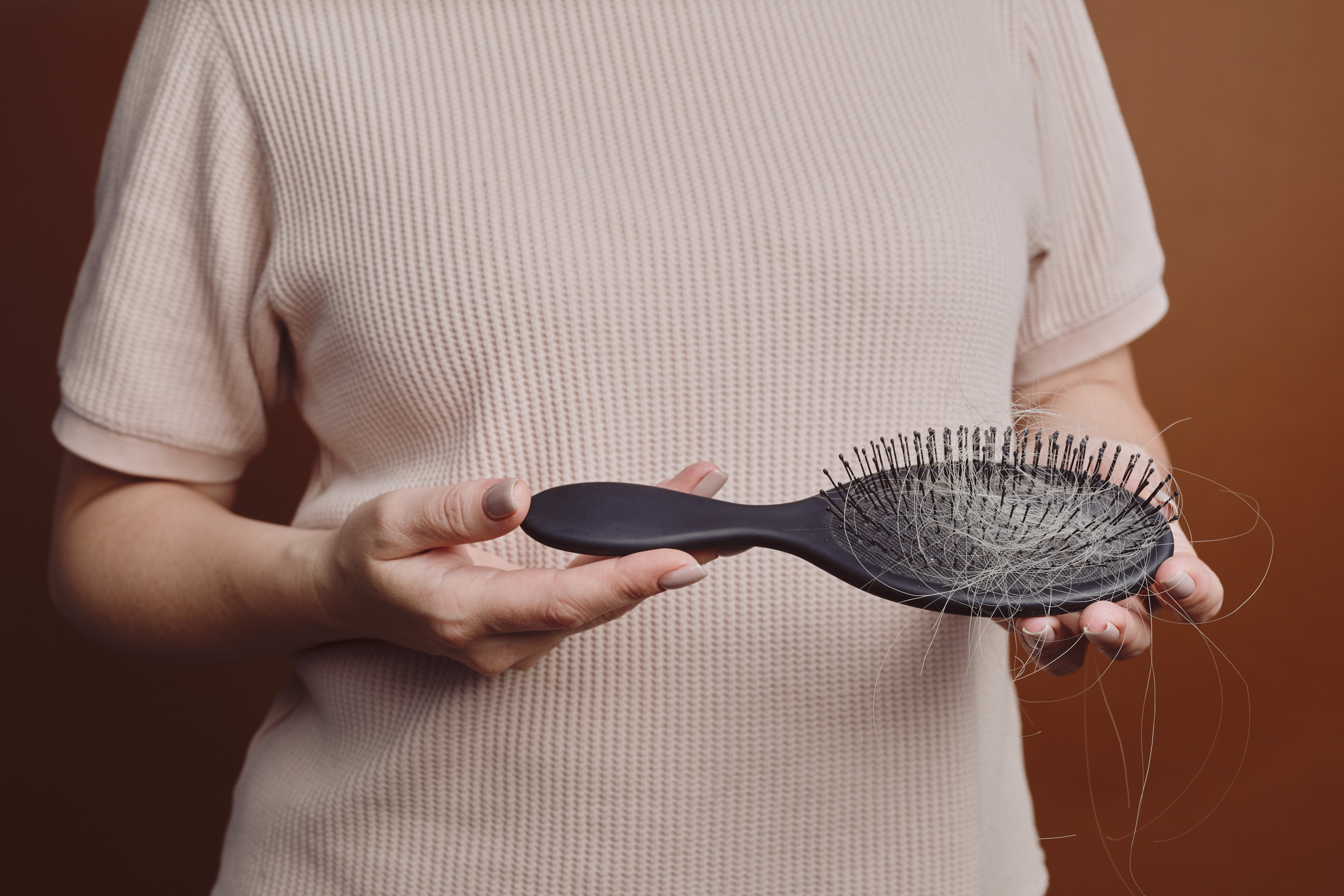
The telogen phase lasts for approximately 3 months. The vascular supply and the supply of nutrients are reduced. The follicles will not support their threads anymore, and they fall away. Such hairs are sloughed during the routine combing and Washing process. Gentle pressure can easily pull out hairs detached from their follicles.
So, the number of hairs you lose daily depends upon the total number of follicles in the telogen phase. Normally, 5-10% of your hairs should be in the telogen phase. Given that a full scalp has around 80-120k hair follicles, you likely have 5-10k follicles in the telogen phase.
Recall that the total length of the telogen phase is approximately 3 months (around 100 days). We can say that about 1% of the follicles in the resting phase will shed their hair threads to allow all hair threads to complete their cycle in 3 months. So the figure comes at 50-100 hairs per day.
A variety of stresses can induce the cells to enter the telogen phase. These include:
Androgenic alopecia (male and female pattern baldness)
Infections
Nutritional deficiencies
Stresses
Some drugs
Hormone fluctuations during pregnancy and menopause
Chronic stresses, e.g., loss of a loved one etc.
Extensive chemical and heat treatments etc.
Autoimmune diseases
Due to the above factors, more of your follicles will shift towards the telogen phase, so you start losing more hairs. A daily loss of 300 strands means 30% of the hair follicles on your scalp are in the telogen phase. The problem doesn't end here. The hair follicles begin to shrink (miniaturisation), and new hairs will not be produced.
We have detailed the causes of hair loss in another article. You can read it by clicking here.
Using a hairbrush for styling can also have a role in daily hair fall. However, the brushing removes the hairs that are already disowned by their follicles. Seeing so many fallen hair at once could be very upsetting, but don't worry. It's normal.
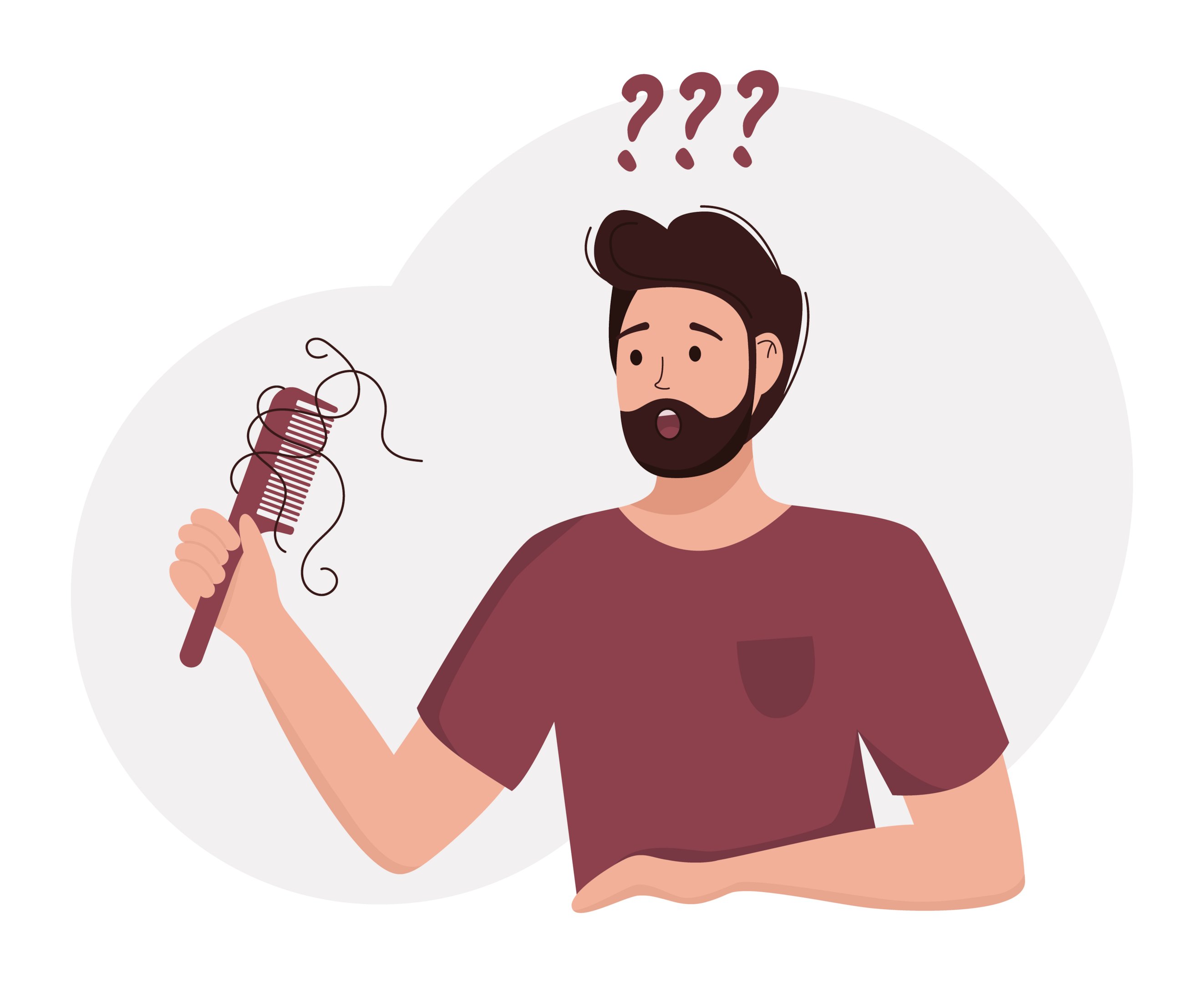
However, excessive and very aggressive brushing can break more hair strands than normal. It particularly happens if you use too many shampoos as they can deprive the hairs of their natural moisture leading to brittle hair. So, if you notice more broken hair in your comb, you need to consult a dermatologist.
Washing also collects the hairs that have already been detached from the follicles. However, some chemical ingredients present in shampoos, e.g., triclosan, formaldehyde, synthetic colours, fragrances, sulphates, parabens, polyethene glycols etc., can damage the hair threads and increase hair loss.
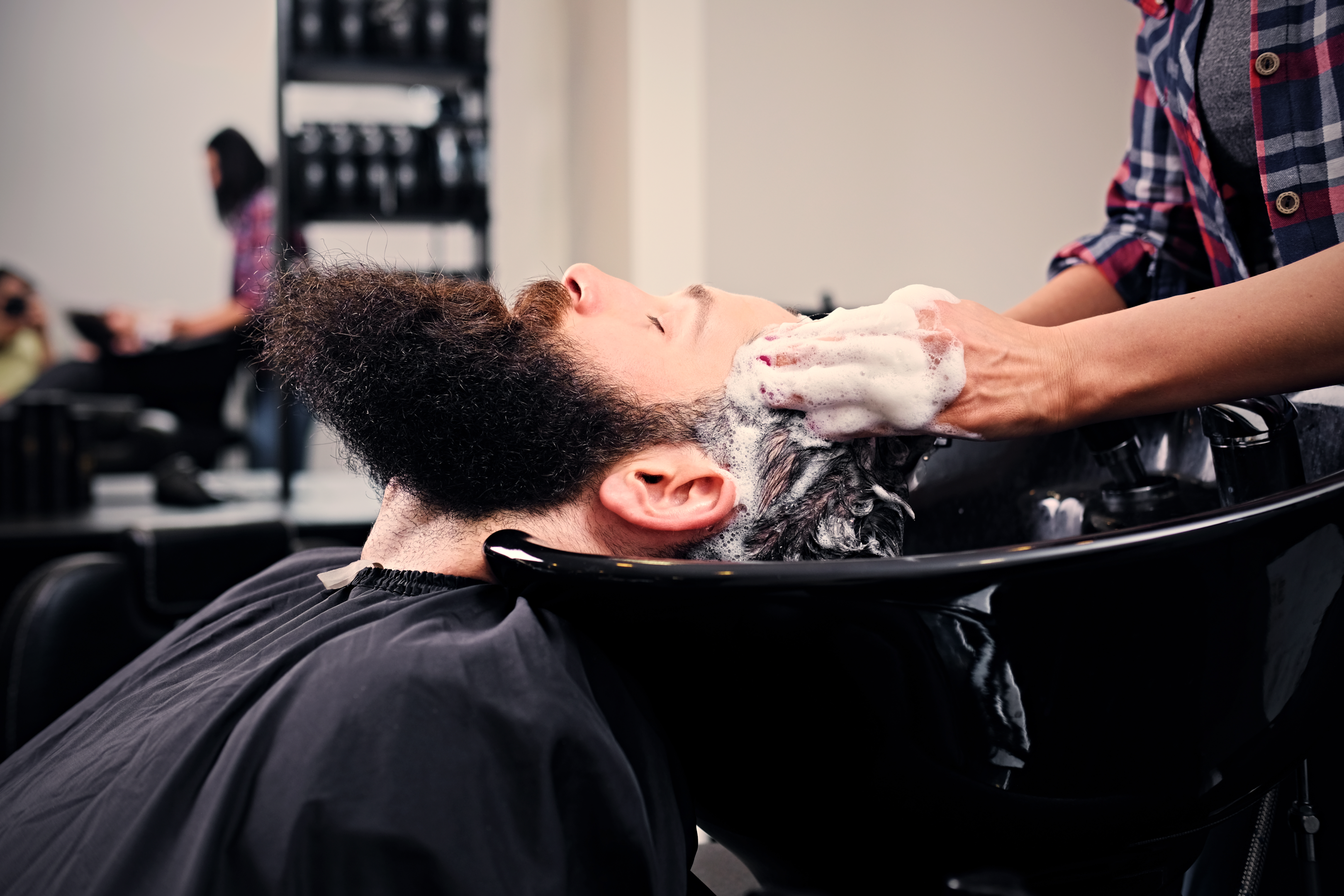
If this happens, you must stop the product immediately and shift to a gentler and organic shampoo. You can take the help of a dermatologist's to choose a good shampoo for your scalp.
If the problem persists, you need to consult a dermatologist. There is, however, a separate category of shampoo Called the DHT blocking shampoos. These shampoos have many ingredients that improve hair growth. We have detailed them in another article. You can read it by clicking here.
There is a way you can judge if you are losing more than normal. It is the 'hair pull test'. This test follows the following procedure;
Take a small, clean, dry area of hair growth, run your fingers through them, and apply a gentle tug to the ends of the hairs. After each tug, no more than 2-3 hair strands should be in your hand. If you have more than that, you have hair fall issue. Alternately, no more than 10% of strands in your hand should break with the tug.
If you have a hair fall issue and want to know the causes and the control strategies, click here to read our informative articles.
You will need to consult if you note;
A persistent increased hair loss
A receding hairline and a gradual thinning of hairs at temples
Your scalp is visible at the crown or anywhere on the head
You have developed a patch of the bald area on the scalp
You have hair loss all over the body
These situations suggest an underlying cause and need immediate treatment.
We also provide consultation services at Welzo. Click here for an online session with our health experts.
The body sheds hairs regularly to grow healthy threads in the place of older ones. It is perfectly normal to lose around one hundred hairs per day. However, if you note hair falling in clumps and excessive strands in your comb, it is time to see a doctor who will determine the cause of the problem and prescribe the appropriate treatment.
You should continue monitoring because treating permanent hair loss is not easy.

We have many treatment options available for hair loss. Click here to visit our pages. We have published another article on the causes and treatment options fpr hair loss You can read it by clicking here.
Related Services
Related articles








Plus get the inside scoop on our latest content and updates in our monthly newsletter.